Android Central Labs

Android Central Labs is a weekly column devoted to deep dives, experiments, and a focused look into tech you didn’t know you needed. It covers phones, tablets, and everything in between.
Once upon a time, camera shutter buttons on Android phones were commonplace. But, as time went on, manufacturers discovered that people didn’t often use these buttons. Many smartphone photography enthusiasts complained on forums but, ultimately, most phones opted for a more simplified approach without these buttons.
This year, the iPhone 16 debuted with the first physical camera shutter button on an iPhone, reigniting interest in what was considered a niche feature. Android phones like the Sony Xperia series never removed the camera shutter button, but Apple’s hybrid capacitive key offers a wider range of functionality than we’ve seen before. Still, I wonder if it makes sense to include it.
So I decided to put this question to the test. Are physical camera buttons more convenient? Do they allow you to take a picture faster? Is it worth spending money on a phone that specifically opts for this kind of feature? You might be surprised at the answer.
Is it actually faster?
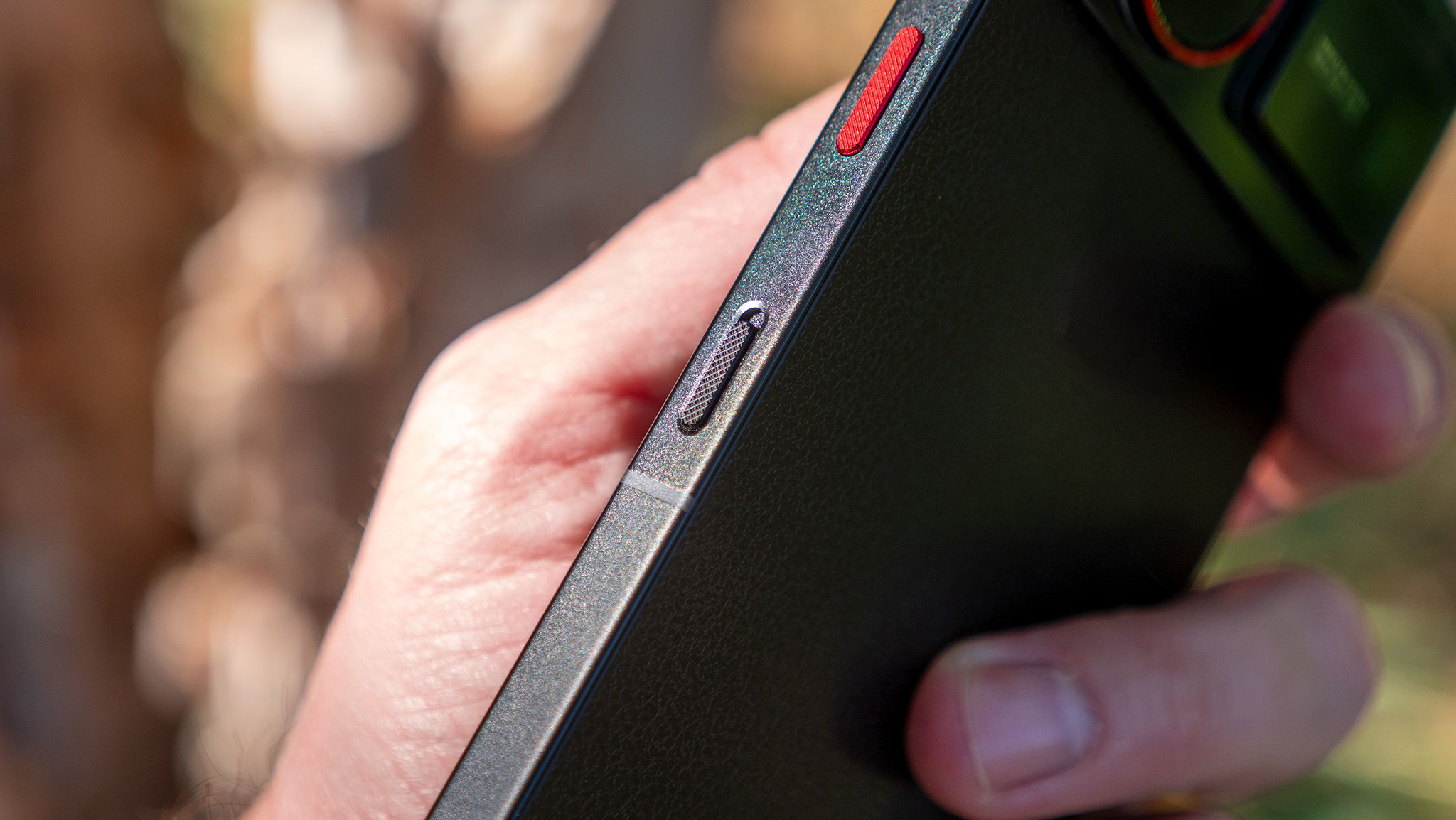
A physical camera button doesn’t launch the camera notably faster than double-pressing the power button.
I was certain that a dedicated button would launch the camera faster but a simple test I put together proved me wrong.
Instead of testing the “raw” launch speed, I wanted to see if a button would make a difference in a real-world scenario. Because of this, I tested the time it took me to pull the phone out of my pocket, launch the camera, and take a picture. I tested phones from half a dozen brands including OnePlus, Honor, Samsung, Motorola, Google, and Apple.
The results are rather telling. The Nubia Z60 Ultra Photographer Edition came in quickest with a 3.3-second time. A big part of this was being able to easily launch the camera with the dedicated switch on the right side of the phone, but I still used the software viewfinder button to take the photo.
The OnePlus 12 came in second place with a 3.51-second time, which was achieved by double-tapping the power button when I pulled the phone out of my pocket. The slowest time went to the iPhone 14 Pro Max when I used the lock screen method where you slide to the left to start the camera, taking around 4.5 seconds.
Gestures and workarounds
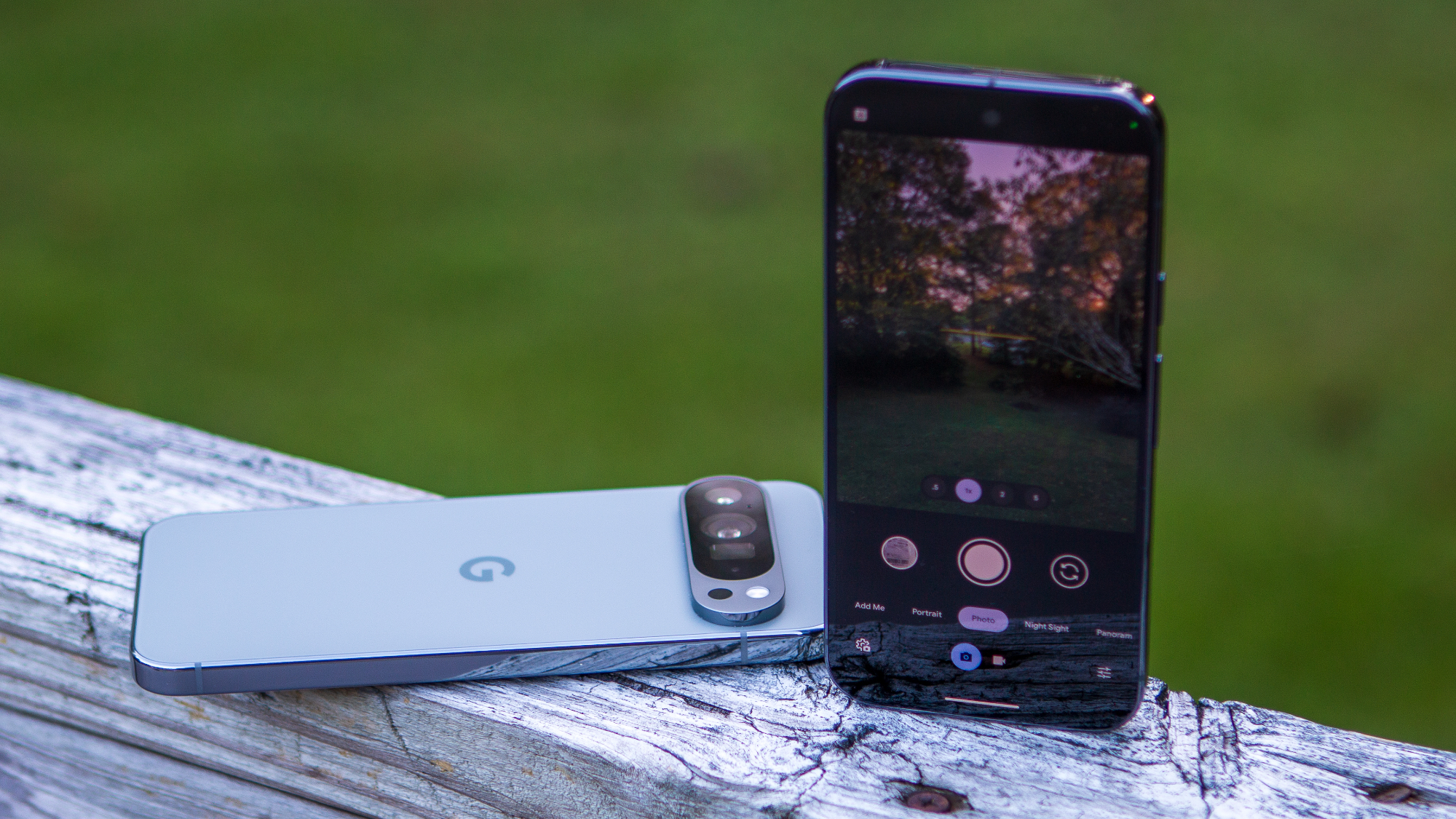
While a dedicated camera shutter button offers a level of convenience — and, sometimes, added functionality — many companies offer compelling alternatives for base functionality.
I prefer to launch the camera by double-tapping the power button. This is offered on virtually every Android phone on the market — a few phones have you double-tap the volume down button, instead — and it makes launching the camera at any time a breeze.
If I ever find a time where a physical shutter button is needed when using the camera — like when taking a group photo with the selfie camera or more reliably taking underwater photos — the volume buttons on the side of the phone work just fine. Again, virtually every Android phone is configured out of the box to make these keys capture a photo and it completely replaces a simple one-click shutter button.
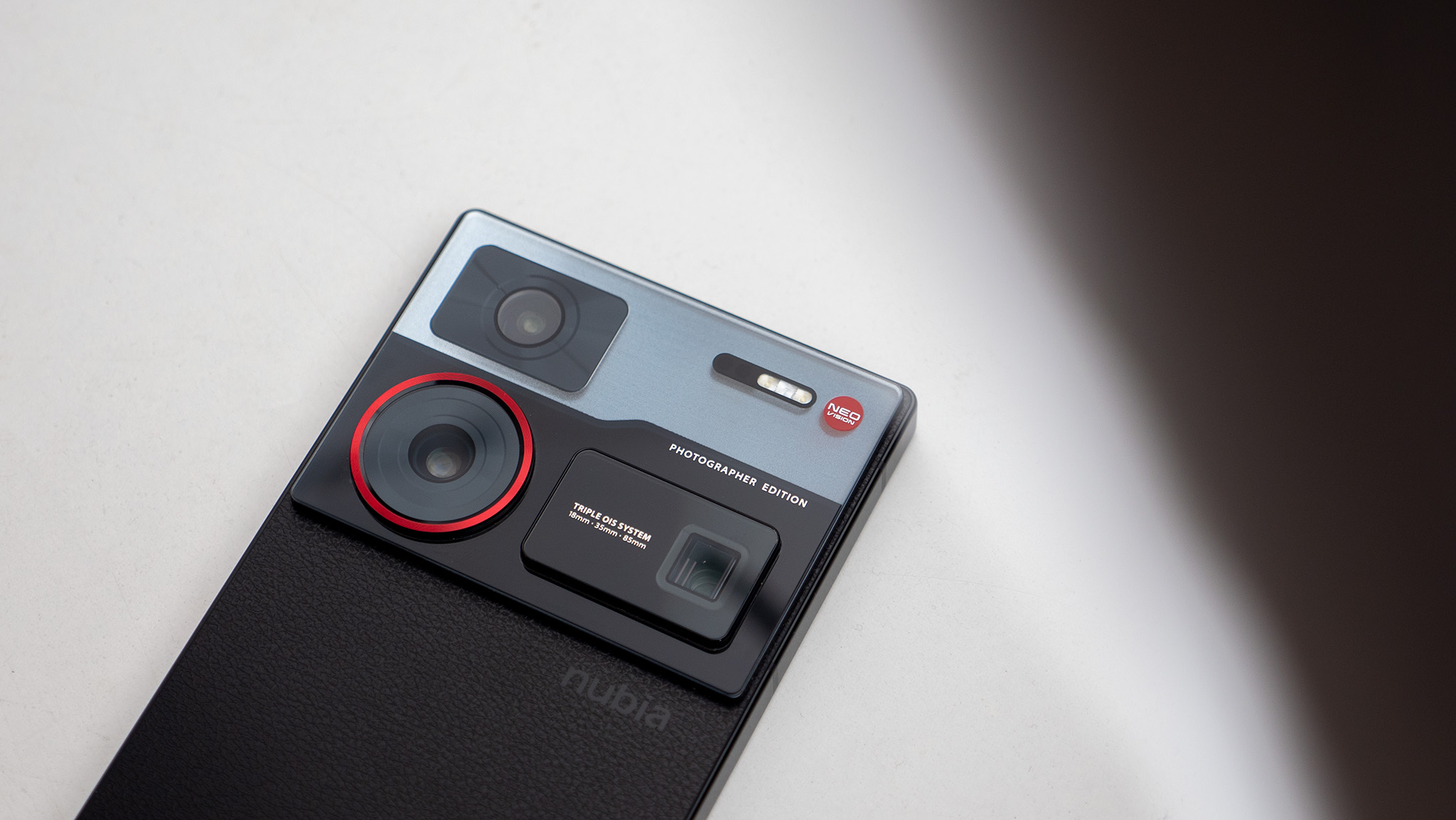
Many of the gestures offered were hit or miss depending on the company. I never had a failure with double-tapping the power button on the OnePlus 12 or Pixel phones I tested, but this method failed to launch the camera on the Samsung Galaxy S24 Ultra and a few Honor phones a few times.
Some of that could be human error, but I think the button design is the larger culprit in those cases. OnePlus and Pixel phones seem to use more prominent, clicky buttons while the others are more recessed or have shallower travel, making them less reliable to double-tap.
All phones offer a way to use physical buttons to launch the camera or take photos, negating the need for a physical shutter button.
I also never had an issue launching the camera via the iPhone’s lock screen or with the Nubia Z60 Ultra Photographer Edition’s dedicated camera switch. I think the main reason here is that they’re dedicated functions that don’t serve any other purpose while tapping the power button or holding it for too long can perform a different action.
Simply put, a dedicated button doesn’t launch the camera more quickly by any noticeable degree, but it can provide a more reliable way than gestures.
But pressing a physical button can introduce some issues. As Harish noted in his iPhone 16 Pro Max review, the button’s placement makes it easy to accidentally open the camera when grabbing the phone. To mitigate this, you should enable the double or triple-tap options to prevent an accidental single-press from launching the camera.
Clicking a physical button can also introduce blur, especially when ambient light is reduced. I’ve seen my fair share of shaky photos because I used the volume button to capture a photo. A tap of the digital shutter button on the screen doesn’t require the physical force of a physical button.
Special modes or functionality
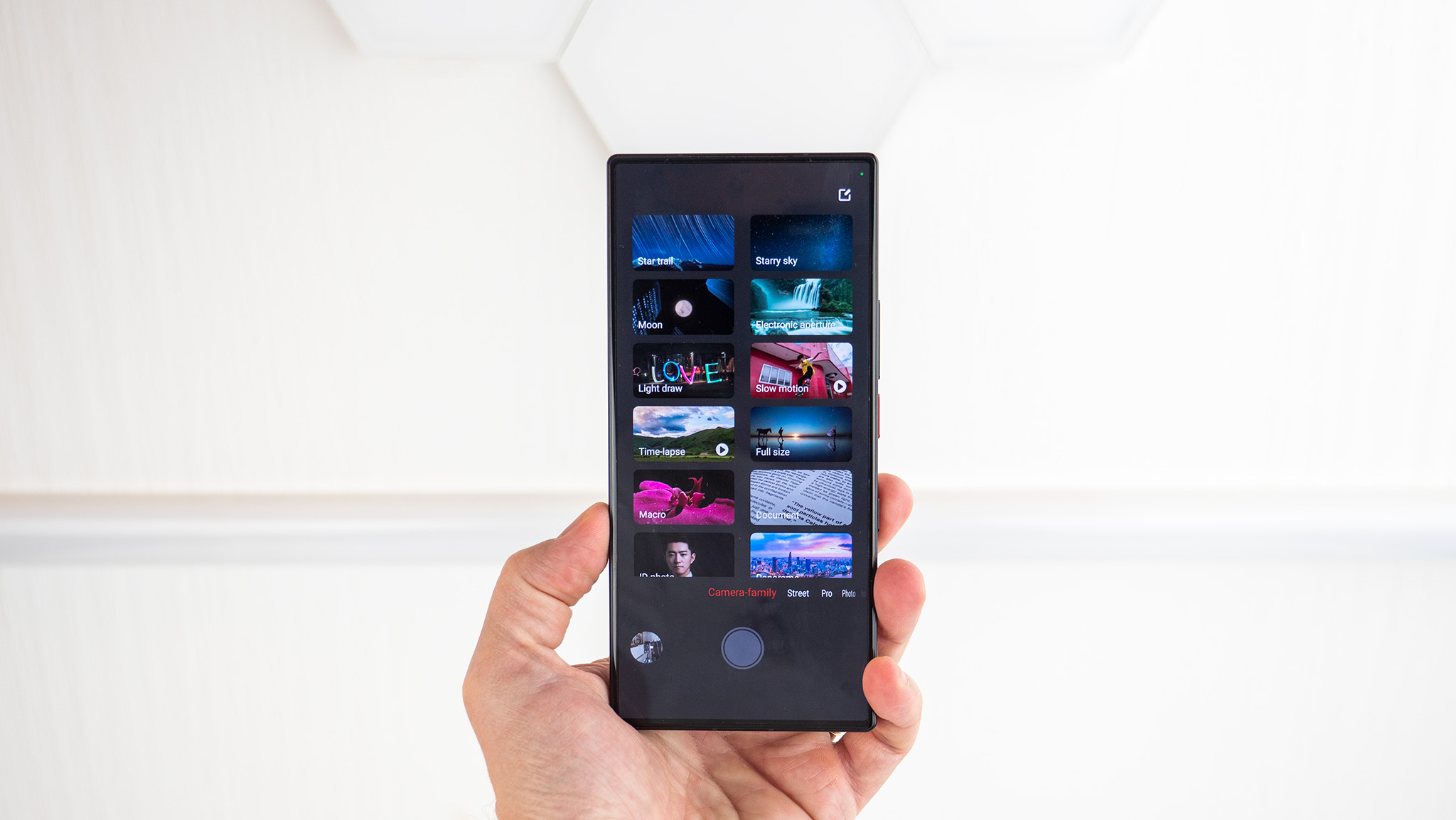
On the Android side, both the Nubia Z60 Ultra Photographer Edition and any number of Sony Xperia phones offer unique functions and modes. Nubia has a plethora of different modes on its phone, including a fascinating light painting mode that works differently from other phones. I used it to capture some cool moments on the Fourth of July this year and was rather pleased with the effect, which you can see below.
The camera software on Sony’s Xperia phones has long been overly complicated, sporting three different apps to get the job done, but the latest iteration in 2024 combined everything into one far more user-friendly app. Still, Sony’s phones play to enthusiasts who love taking photos and the best results are often achieved by tweaking and changing settings, much as you would expect from a DSLR.
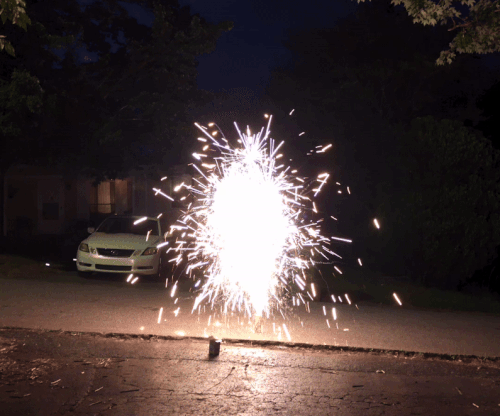
I never had the same feeling about the Nubia Z60 Photographer Edition’s camera app, although I can’t say I felt that it did anything particularly special outside of the light painting mode above.
I was particularly disappointed in the “Milky Way Night” mode, which I expected to produce some kind of stellar imagery of the night sky. While it wasn’t bad and certainly did a better job than the Samsung Galaxy S24 Ultra at this particular test, the Pixel 8 Pro still captured the number of stars in the sky better.
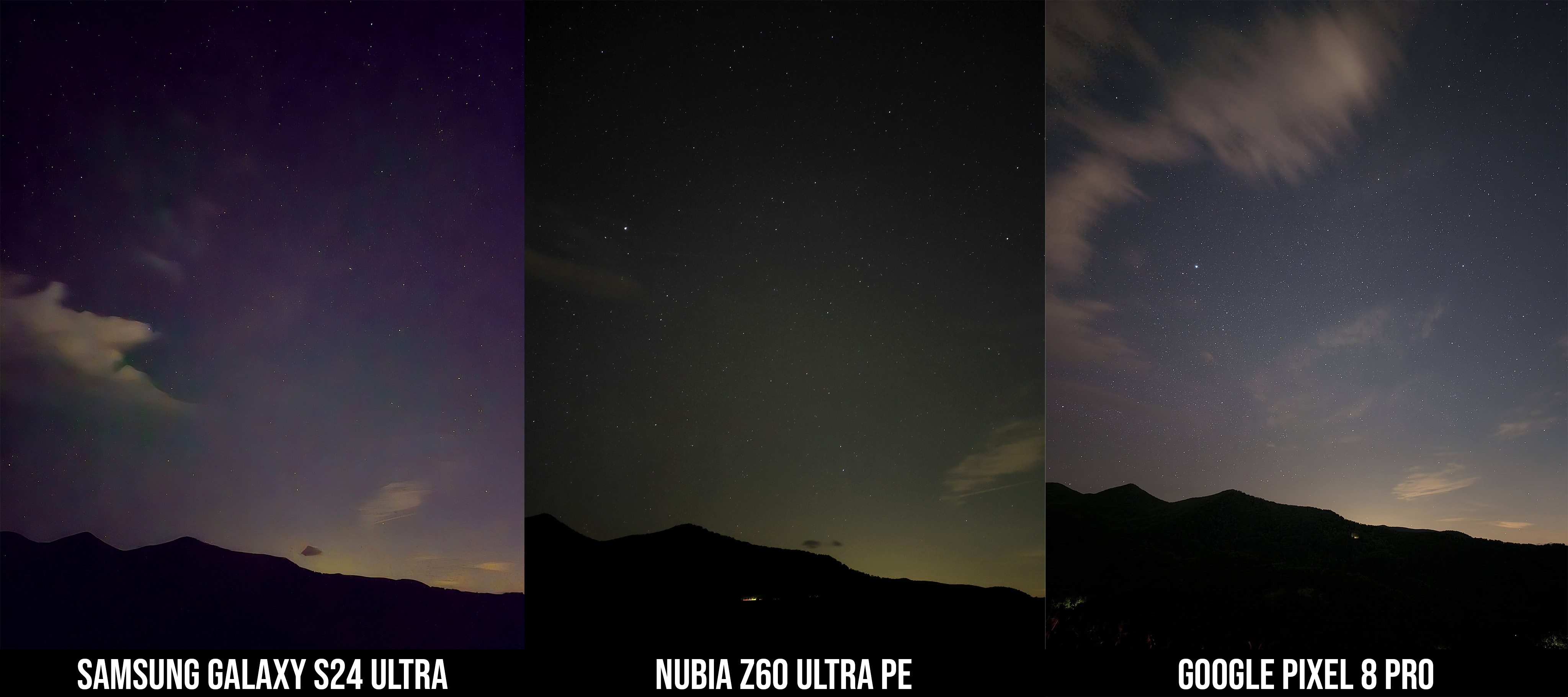
Some special modes are great for enthusiasts, but phones like the Pixel 9 series provide a more user-friendly way to take better photos.
Nubia doesn’t offer a special camera button on the phone — just the switch to quickly launch the camera into Street Mode — but Sony offers a two-step camera button that lets you hold it down to focus, then release it to capture the shot. That behavior is identical to a DSLR camera which Sony is trying to mimic with its phones.
Apple offers the same functionality on its new Camera Control button, plus a few capacitive sliding features that let you switch modes, adjust settings, or even just smoothly zoom with your finger. While I like this idea, the execution is more awkward than it should be. In our iPhone 16 Pro Max review, Harish noted that the button is in an awkward location and proved to be more cumbersome to use than just tapping to swiping on the on-screen controls.
Some companies, like Oppo, Nubia, and Realme are already getting ready to release phones with these keys, so it’ll be interesting to see if their execution is any better than Apple’s. Physical camera buttons can offer some nice functionality and alternatives to software buttons, but you’re probably better off sticking to the best Android phones that focus on something more important like battery life, charging speed, display quality, gaming performance, or maybe even some other unique feature like the Pixel 9’s Add Me.
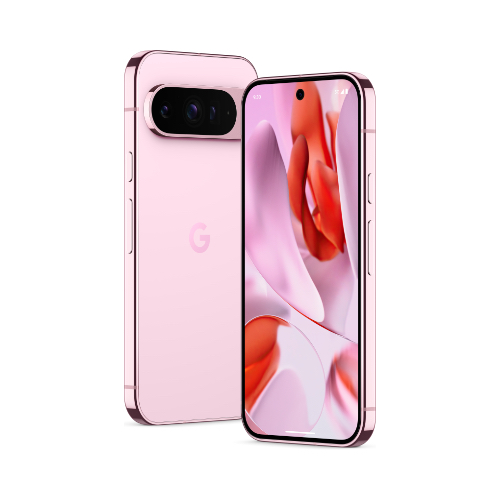
Camera king
Save the frustration and get a phone that’s not just a great camera, it’s also a great overall experience. Plus, with seven years of software updates to come, you can hold on to it for a long time.
